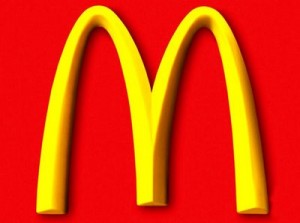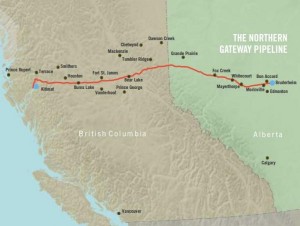McDonald’s is the world’s largest fast food restaurant, serving customers in 119 different countries. 
Why is the franchise so successful? As the current CEO put it, “McDonald’s success thrives on adapting to consumer demands.” For example, they introduced the “Filet-o-Fish” in 1963 in Cincinnati for the Catholics who did not eat meat on Fridays, which eventually became a part of the standard menu. In addition to providing free wi-fi with Nintendo and starting their first delivery service in Singapore, they also were one of the first franchise restaurants to offer nutrition information on their food. Now, they offer salad and other healthier options (although the health issue is still questionable…) Nevertheless, McDonalds has strived through economic booms and recessions, and although their food may not be as healthy as Subway’s sandwiches, McDonald’s ability to successfully react to consumer trends and establish their points of difference from other fast food franchises is something that earns the respect of all businessmen and women.
I chose to blog about McDonalds because of the discussion we had in class (9/27/2012) on Burger King expanding into Russia. I believe McDonalds to be the most dominant fast food franchise, especially because Glen Bell (founder of Taco Bell) and James McLamore (founder of Burger King) were both inspired by McDonalds as well.
For more information on how the current CEO runs the corporation, click here.
Reference:



